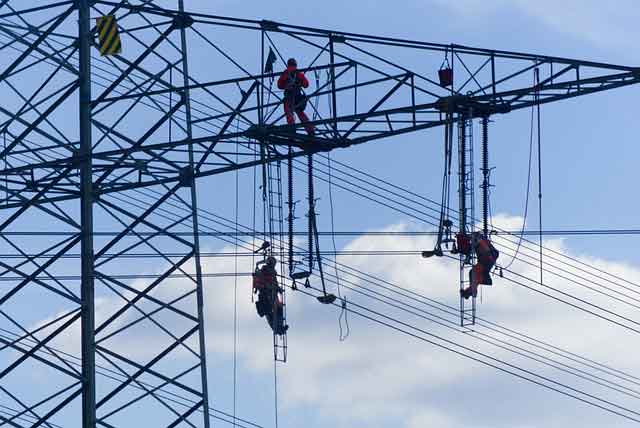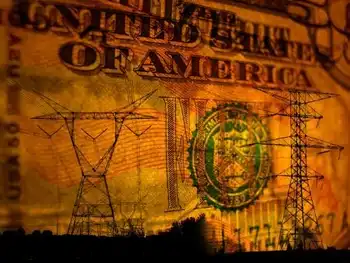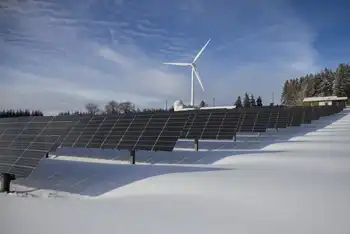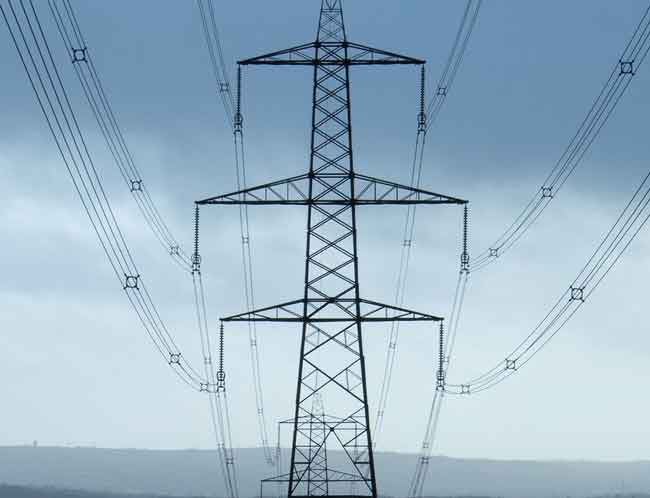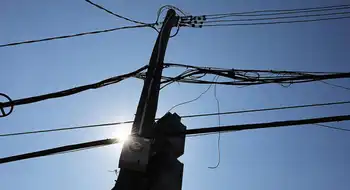Village Green Energy launches revolutionary carbon offset
By PR Web
NFPA 70e Training - Arc Flash
Our customized live online or in‑person group training can be delivered to your staff at your location.

- Live Online
- 6 hours Instructor-led
- Group Training Available
Village Green Energy, a San Francisco-based company, launched a brand new carbon offset that may reshape the voluntary carbon offset market. The company boasts that its new product has more environmental credibility and transparency, and at a far cheaper price, than any other offset on the market.
Most carbon offsets enable businesses and consumers to fund projects that reduce carbon dioxide emissions, thereby zeroing out or "offsetting" their own carbon emissions from flying, driving, and using electricity. This market has been plagued by concerns that many projects would have occurred even without these funds, as well as lack of information about how much of a customer's money is used to fund these reductions.
Village Green takes a different approach. Village Green enables customers to participate in a brand new carbon cap and trade market that opened two weeks ago in the Northeastern United States. The market is called the Regional Greenhouse Gas Initiative (RGGI) and forces power plants to hold one carbon permit for every ton of carbon dioxide they emit. Regulators issue a finite number of permits (the cap) and reduce the number available each year, thereby forcing power plants cut emissions.
Village Green enables customers to purchase these permits for their own use, essentially tightening this cap and forcing power plants to cut emissions further. Because the number of permits is directly linked to total emissions, a customers purchase of one permit guarantees the reduction of a ton of carbon dioxide.
Unlike most other offsets, RGGI permits are tracked through an online accounting system run by RGGI regulators. Each permit has a unique serial number which enables customers to verify that permits were not double-counted.
"Interacting with RGGI gives our customers a much clearer idea of exactly how they are reducing carbon emissions," said Village Green CEO Mike Jackson. "Rather than trusting our internal calculations, consumers are relying on a heavily regulated program run by 10 state governments — and can verify for themselves that the permits we sell are not double-counted."
Village Green also provides transparent pricing of its new product to businesses — charging a 10% margin on each transaction — ensuring 90% of the money goes towards the reduction of carbon dioxide emissions. At current prices within the RGGI market, Village Green is able to offer one of the cheapest products on the market, with prices around $4/ton. A survey of prominent offset providers indicates prices as high as $18/ton.
Most carbon offsets on the market today collect methane released from landfills and cattle ranches. This methane is burned, which releases carbon dioxide. But because methane is a more potent greenhouse gas than carbon dioxide, this process reduces greenhouse gases and enables offset providers to sell this credit to consumers.
"Methane emissions from landfills and cattle ranches make up about 3% of U.S. greenhouse gas emissions — we're not going to solve the climate crisis by attacking this part of the pie," pointed out Village Green Policy Director Jordan Parrillo. "Purchasing RGGI permits forces carbon reductions in the electric power sector, the main source of greenhouse gas emissions. As a result, we're funding innovation exactly where we need it."





